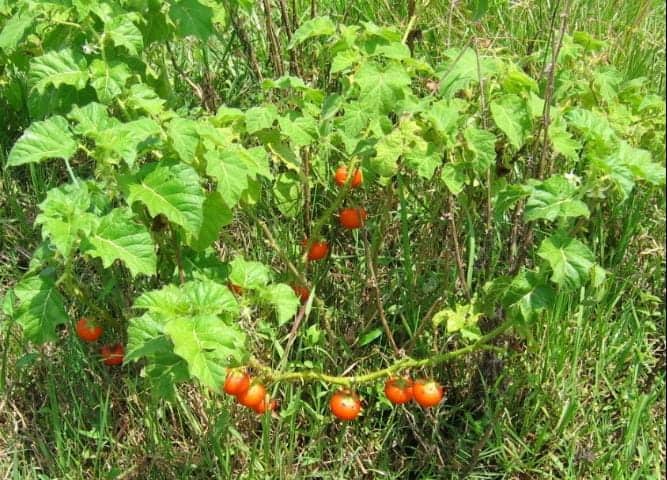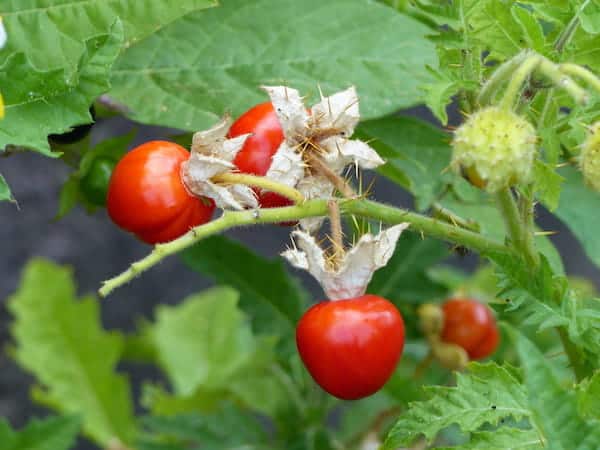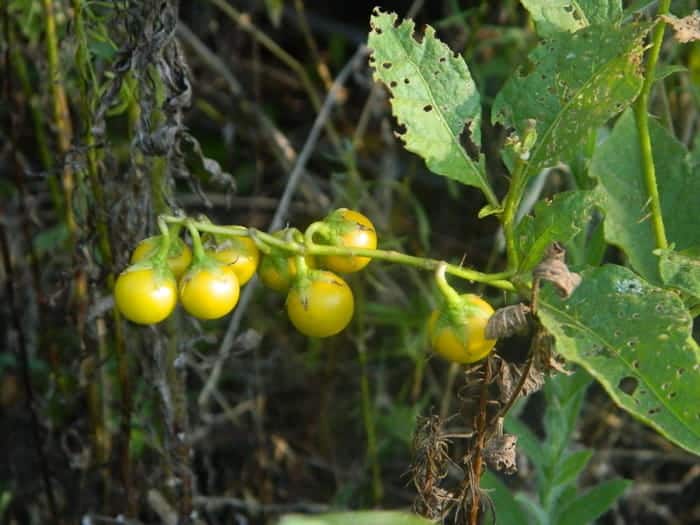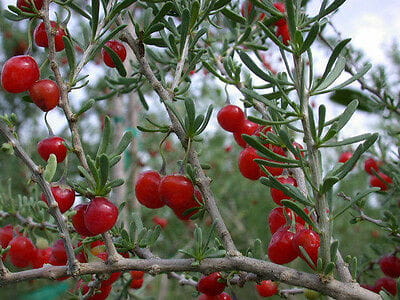Have you ever seen weeds that look like tomato plants?
Tomatoes are so popular that they may be found in almost every home garden. Tomatoes, as a plant with a mild flavor, can be consumed with a variety of recipes to keep boredom at bay. Tomatoes also include a variety of nutrients that aid in the improvement of skin and overall wellness.
Tomatoes are also clearly distinguishable plants due to their look. However, if there are weeds present, this becomes more difficult. These plants resemble tomato plants in appearance. They can deceive inexperienced gardeners.
We provide thorough information about plants that resemble tomato plants in the article below. Stay tuned to the end to find out how to identify the two apart. If you pick the wrong tomato, this will assist you to decrease the hazard.

How Do Tomato Plants Appear?
Tomatoes are one of the most common garden plants, but they can be difficult to identify when there is no fruit or flowering. The leaves are ten inches long, and the smaller leaflets are about three inches long.
The leaves are wavy and pointed, and they grow in clusters on a single stem. The leaves also have small hairs known as trichomes.
The leaves have a unique odor that sticks to your fingers. Tomatoes are sensitive perennials that thrive in USDA zones 10 and 11. They thrive on fertile, well-drained, pH-neutral soil. They require direct sunlight and like temperatures of 70 to 80 degrees Fahrenheit.
Because the fruit takes 20 to 30 days to mature, several cultivars produce fruit that is ready to harvest 70 to 80 days after they are planted.
Weeds that look like tomato plants?
There are quite a few wild plants that look like tomato plants. Here are details about them.
1. Red Soda Apple

The red soda apple joins the list of plants that resemble tomatoes. Like a tomato plant, the plant matures into a perennial shrub that spreads.
The fruit of the red soda apple is spherical and crimson, resembling a cherry tomato. Its fruit is unmistakably similar to that of a tomato plant. From the shape, color, and size, the resemblance is unrivaled.
It’s a poisonous plant. Toxin levels are high in both the seeds and the skin. The fruit’s meat can be eaten, but only in modest amounts.
2. Litchi Tomato

Because the undersides of the leaves and stems are coated with small thorns, it’s commonly referred to as thorned tomatoes. Litchi tomatoes have a lot in common with tomato plants, especially when it comes to fruit.
It produces dark-red fruits with golden flesh that are spherical in shape. The fruit is the size of a cherry tomato and has the same husks on the inside as ground cherries.
The seeds are organized similarly to cherry tomatoes on the inside. When the plant is ripe enough to be easily pulled off the stem, it is edible.
3. Black nightshade (Solanum Ptycanthum)

The Nightshade (Solanum ptycanthhum) has a bitter taste to it. It belongs to the Solanum genus. This natural species is frequently seen in open areas.
Although some sources indicate it is a subspecies of S.americanum, it is thought to be linked to S. Americanum and has been named as such. Cut-leaved Nightshade is also a possibility.
Additionally, this species has a deeply plucked leaf and can be found from the West Coast through Minnesota, Iowa, and Missouri. In addition, along with other nightshades, it is found occasionally in the eastern United States.
They have small white blooms on them. Woolly Nightshade is another nightshade with little white blossoms.
This species has hirsute culms and yellow or red fruit, and it can be found in patches from Maine to Florida. It has fruit that is either yellow or crimson in color. The majority of crops struggle to compete with eastern black nightshade.
Despite this, it is shade tolerant. This suggests that an infestation could survive and develop in the presence of agricultural plants. Even though no simple chemical controls exist for Eastern black nightshade, night tillage reduces emergence by 50% to 75%.
Growing soybeans in 7.5-inch lines reduces growth significantly and is the favored management method.
4. Horse nettle

Horse nettle is a plant that resembles small tomatoes and can be found all throughout the world, including the United States.
This plant thrives as a natural perennial in the wild, where it may be found growing in abundance, and is known for its spiky leaves and deadly fruits that resemble small yellow tomatoes.
When they blossom, these weeds resemble cherry tomatoes. Because of its adaptability, it may be eaten all through the winter months. It is a smooth, golden-colored fruit that ripens to the consistency of a little tomato. Most of the plant’s components are fatal if taken in large quantities.
Horsenettle begins with two tiny, spherical leaves opposite one another on a taproot, just like other seedlings. The very first true leaves appear in a cluster.
Even though the leaf edges are still smooth, the plant is beginning to show its true colors, with sharp spikes all along a groove on the undercarriage of the leaves. As the leaves age, they develop lobes, as well as many hairs and spines. Spines can also be found on the stems.
5. Lycium Carolinianum

Lyciumcarolinianum, also known as Carolina wolfberry, is a toxic perennial with prickly leaves and lethal fruits that resemble small yellow tomatoes.
Racemes of white to purple flowers bloom in a range of colors in linear clusters at the terminals of the stalks.
Furthermore, due to its adaptability, it is a smooth, golden-colored fruit that ripens to the consistency of a little tomato and maybe eaten all through the winter months. The majority of the plant’s components are fatal when taken in large quantities.
We can instantly determine that this plant belongs to the Nightshade or Tomato Category, the Solanaceae, based on the fruit’s resemblance to a tomato.
Because succulent leaves are found in a few Solanaceae species, we can rapidly identify our plant once we know that.
Take care of your garden
Keep in mind where you’re going to plant the seeds. You can create a little nameplate to place next to your seed. This allows you to determine your plants’ exact location. Aside from that, bright nameplates add a splash of color to your yard.
Plants in the wild can be highly harmful. There are some edible wild plants, but there are also some dangerous ones. As a result, you can use the strategy described above to safeguard yourself and your family.
Also, remember to clean your garden once a week. Weeds grow quickly, but they won’t be able to grow if you clear them often. This prevents wild fruit in the shape of tomato plants from appearing.
Final thoughts
In the preceding article, we discussed plants that resemble tomato plants. Please read carefully to avoid misunderstandings. Take good care of your garden. I hope the information above is useful to you.